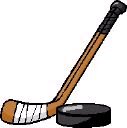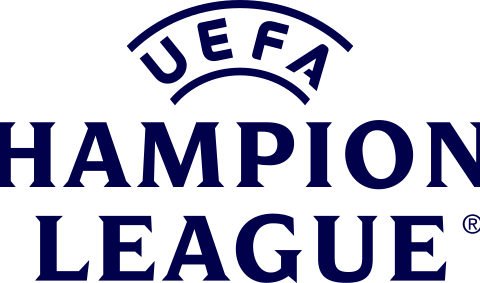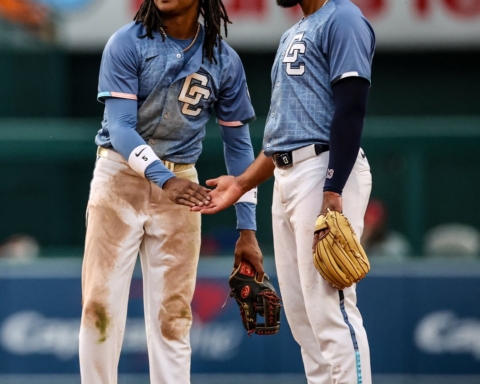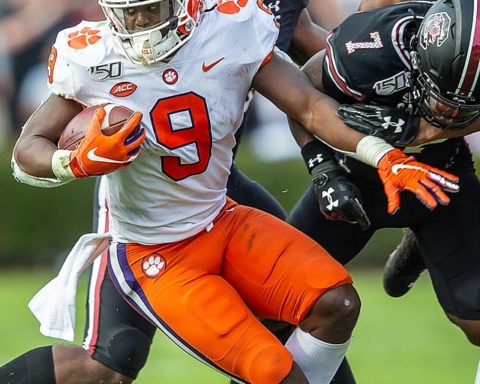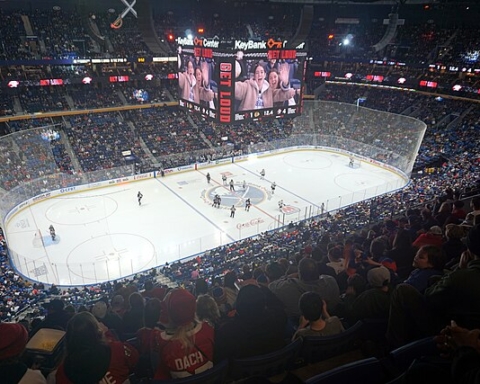By Harrison Leone
Sports Assignment Editor
Let me begin by listing the totality of my knowledge of the National Hockey League before coming to St. Bonaventure: 1.) It exists. 2.) Wayne Gretzky. That about does it.
Growing up in a town with no hockey rink and where the nearest professional franchise is more than three hours away, I spent most of my childhood looking at the NHL as I did other demographic-specific leagues: as an esoteric venture tailored precisely to only a relatively small circle of devotees. Whereas NASCAR was for hillbillies, the PGA was for white guys in Dockers and professional bowling was for the extremely lonely, the National Hockey League was for Canadians.
Outside of the three minutes of brisk, unenlightened coverage on the 3 a.m. edition of SportsCenter and Sports Illustrated’s perfunctory season preview, it was entirely possible for me to live in total ignorance of North America’s fourth-most-popular sport. It seemed about as American as maple syrup and beavers.
These perceptions were shattered almost immediately upon my arrival to Olean. Little did I know that Western New York was a veritable hotbed of hockey fandom. It turns out that, yes, there actually are hockey fans south of Ontario, and yes, they take this game as seriously, if not more so, than fans of any other major professional sports. The first winter of my Bonaventure tenure, I saw more hockey apparel than I had ever seen before.
On a freshman floor with Bruins, Rangers and Sabres fans — oh so many Sabres fans — I was quickly exposed to all sorts of new and confusing hockey jargon. I learned what a crease was, why I should always hate the Maple Leafs and to never mention Brett Hull’s name in the company of a Buffalo native.
I began to wonder what made hockey a distinct entity from the “Big Three” professional sports leagues of the United States. For one, it has a much more fluid history than football, baseball or basketball, with franchises moving, folding, re-opening under different ownership and moving again. Such a mercurial system has led to teams cropping up in places (Dallas, Phoenix, Sunrise, Fla.) that would appear to be as inappropriate for a sport predicated on the presence of ice as anywhere.
The need for cold weather further complicates hockey’s prospects for widespread fandom, as it makes it difficult for those below the frost line to play recreationally in the absence of a municipal rink. Little League baseball, Pee Wee football and AAU basketball leagues, on the other hand, are prevalent across the nation. It is through these leagues that children can develop attachments to a sport, and there are swaths of American children who will never have the access to a youth hockey league that may have helped engender a life-long attraction to the game.
The league, which is a distant fourth in attendance and television deals, has suffered through two labor disputes in the past decade, one of which resulted in the loss of the entire 2004-05 season. Even so, the NHL has seen signs of growth in its lackluster mass appeal. The 2010 playoffs were the most watched in pro hockey history and the Winter Classic, the seemingly torturous outdoor hockey game, has been a consistent draw since it began in 2008. The fan base, as regionally limited as it may be, is another source of strength for the league. According to a study done by the Simmons Market Research Group, hockey fans are not only the highest educated and most technologically literate of any fan group, they are also the most affluent.
The start of the NHL season, while a celebrated occasion for many around campus, will continue to fly well under my personal sports radar. I am, however, grateful for my newfound appreciation of a sport that is populated in part by toothless European thugs and referees on skates.
Harrison Leone is the sports assignment editor of the Bona Venture. His email is leonehj11@bonaventure.edu.

